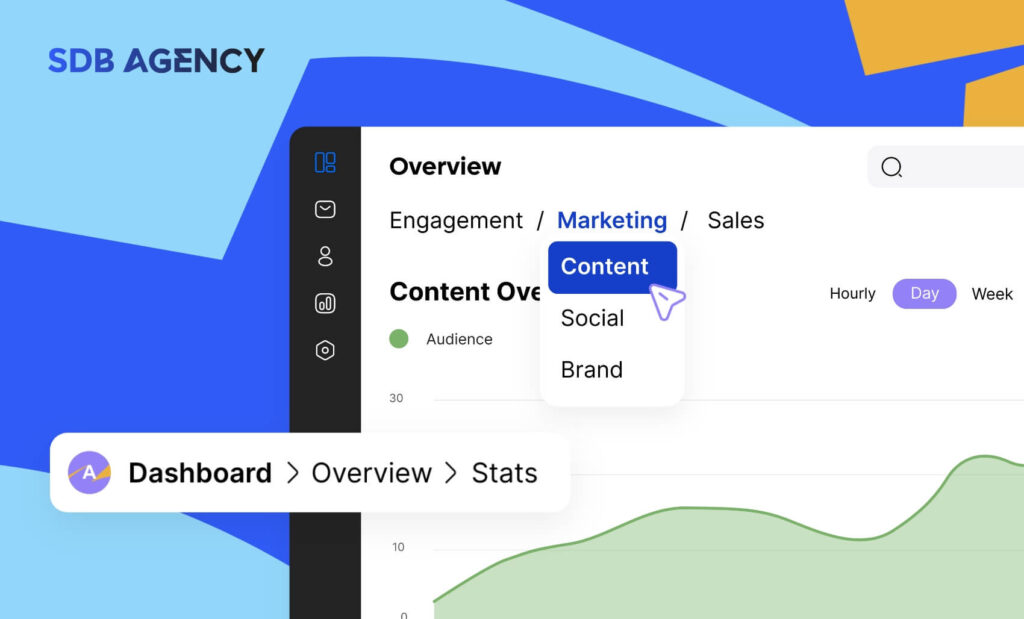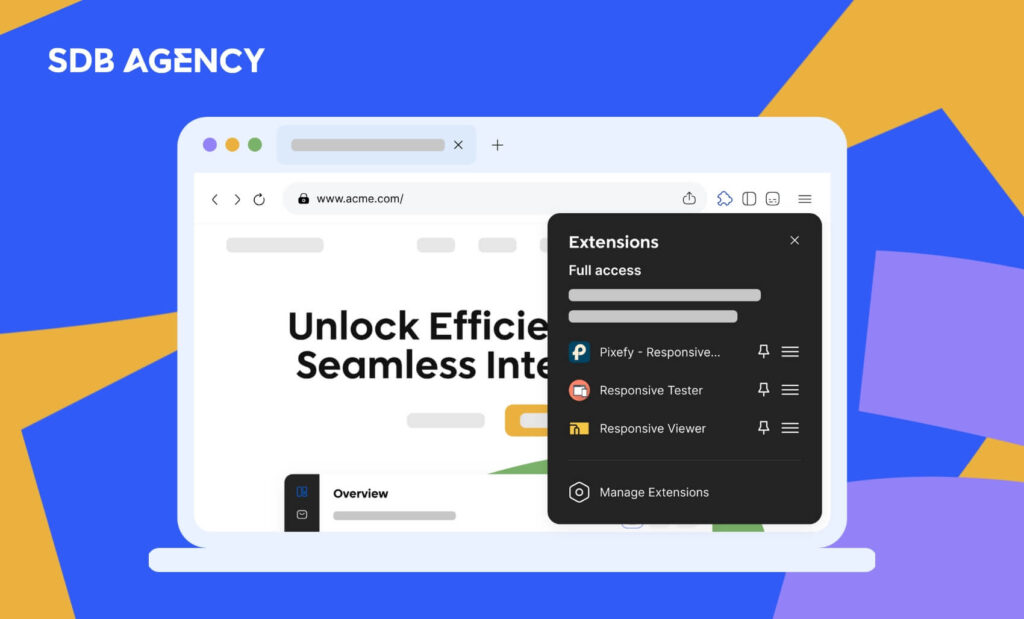User-Centric Design in SaaS: Putting Customers First

SaaS companies face fierce competition and increasing customer demands. Due to this dynamic environment, user-centric product design is a crucial part of a brand’s strategy. In today’s world, where innovation is the recipe for success, embracing a user-centric approach doesn’t only offer a strategic advantage; it’s a way to thrive in the long run.
Striving for user-centricity is no easy task for SaaS companies. It requires a delicate balance between innovation and meeting user needs. Navigating the complexities of gathering and implementing user feedback is a challenge that must be overcome to drive user engagement.
Benefits of user-centric design for SaaS products
User-centric design places preferences, needs, and user behaviors at the forefront of product design. By empathizing with your customers and understanding their pain points, you can create innovative solutions that address those challenges. This approach requires creativity and some out-of-the-box ideas, which create unique products that will stand out in the competitive SaaS market.
User-centricity is a powerful part of the user engagement strategy and helps differentiate your product in the landscape. By delivering user-friendly and intuitive experiences, SaaS companies can bring positive user experiences to retain customers and foster brand loyalty. By continuously improving your product based on user feedback, you will meet their evolving needs and strengthen your competitive advantage.
Best practices for personalized user-centric content
Personalization is more than just inserting your customer’s name in an email. It consists of content that aligns with their needs, behaviors, and preferences. You must first understand your audience deeply to achieve this level of customization.
You can create tailored content to elevate user engagement by leveraging data analytics and user insights. This can include segmenting users based on demographics, browsing history, or previous interactions with your product. Besides that, implementing dynamic content delivery mechanisms allows real-time customization of user actions or preferences.
Define your user personas
It’s common that businesses don’t design a product for a specific user, as they tend to focus on a single use case. This is where user personas come in, as crafting it is an essential process for understanding the target audience and tailoring your product to their specific needs.
Creating effective user personas involves collecting data from multiple resources, including user feedback, interviews, and surveys. The results of these methods can help you create detailed profiles of your ideal customers, including their demographics, job titles, goals for visiting your site, and pain points.
Automation and scalability
Automation facilitates scalability by handling large volumes of content and user interactions efficiently without lowering quality. You can streamline content creation, distribution, and personalization processes that ensure relevant content delivery to users. This scalability ensures that user-centric content strategies keep up with growing user bases.
Integrate user feedback into product design
SaaS businesses can adopt a few strategies to incorporate user feedback effectively into their product design process. Establishing direct communication with users through in-app surveys, user forums, and support tickets allows companies to gather real-time insights.
User analytics tools can also track user engagement metrics and behaviors, which provides important data for informed decision-making. Iterating regularly on product features based on user feedback ensures that your products remain aligned with their evolving needs.
How UX plays a role in a SaaS product’s customer journey
User experience (UX) plays a crucial role in creating a user engagement strategy. From the awareness stage, where intuitive web design and messaging attract potential customers, to the post-purchase stage, where seamless onboarding and interfaces help enhance the customer experience and keep users engaged.
A great UX helps engage users easily and allows them to navigate your product more easily, accomplish their tasks efficiently, and obtain maximum value, creating long-term engagement and loyalty.
5 Challenges of implementing a user-centric design in SaaS
Now that you know the benefits of a user-centric design approach for SaaS, you should also be aware of the challenges that come with it. One of the main difficulties is striking a balance between fulfilling the users’ needs while also aligning them with business objectives.
In addition, gathering detailed user reviews, especially during the early stages of product development, can be a challenge for many SaaS businesses. Ensuring consistency in user experience across every device and platform adds an extra layer of complexity.
Striking a balance between innovation and user-centricity requires a strategic approach. Here are 5 main steps that can help you achieve it:
1. Keep on experimenting
SaaS businesses must build a culture of embracing experimentation and iteration. This involves creating a culture where employees are happy to explore and test new ideas thoroughly. Encouraging teams to conduct small-scale experiments can help gather feedback quickly and elevate their products and services based on user insights.
2. User feedback loop
Adding user reviews as part of your product’s development process is crucial for innovations to resonate with your target customers. SaaS businesses can employ a number of methods to collect feedback, including surveys, analytics tools, and usability testing. By regularly asking for user input at different stages of product development, businesses can validate assumptions, identify pain points, and refine users’ solutions to meet their needs.
3. Collaborate with users
Engaging directly with users during the design process through co-creating activities can bring more innovative solutions. Activities like design workshops where users can collaborate directly with designers and developers to brainstorm ideas allow companies to gain useful insights into their preferences and behaviors. You can also involve users in the beta testing phase, enabling real-world validation of new features before they fully launch.
4. Prioritization based on result
When deciding on the right features, SaaS businesses should prioritize based on potential innovation and impact on users. This consists of evaluating ideas against criteria like technological feasibility, market demand, and alignment with the user’s needs and preferences. By focusing on the elements with the biggest potential of delivering value to users, you can allocate resources more efficiently and drive long-term growth.
5. Continuous learning
To achieve the perfect balance of innovation and user-centricity, you’ll need to undergo continuous learning and adaptation. SaaS businesses must embrace the “continuous improvement” mindset, where teams reflect on past experiences, remember what works and what doesn’t, and apply these insights to future projects. You can achieve better customer engagement by closely following evolving user needs and market trends.
Wrapping it up
In the end, a user-centric product isn’t only a buzzword; it’s one of the critical elements for the success of a SaaS business. By prioritizing your users and their desires, gathering feedback, and delivering wonderful user experiences, your business will stand out from the competition, drive innovation, and build a long-lasting relationship with customers. In the fast-paced and ever-changing world of SaaS, embracing a user-centric approach isn’t only a choice but a crucial step for sustainable growth and success.




